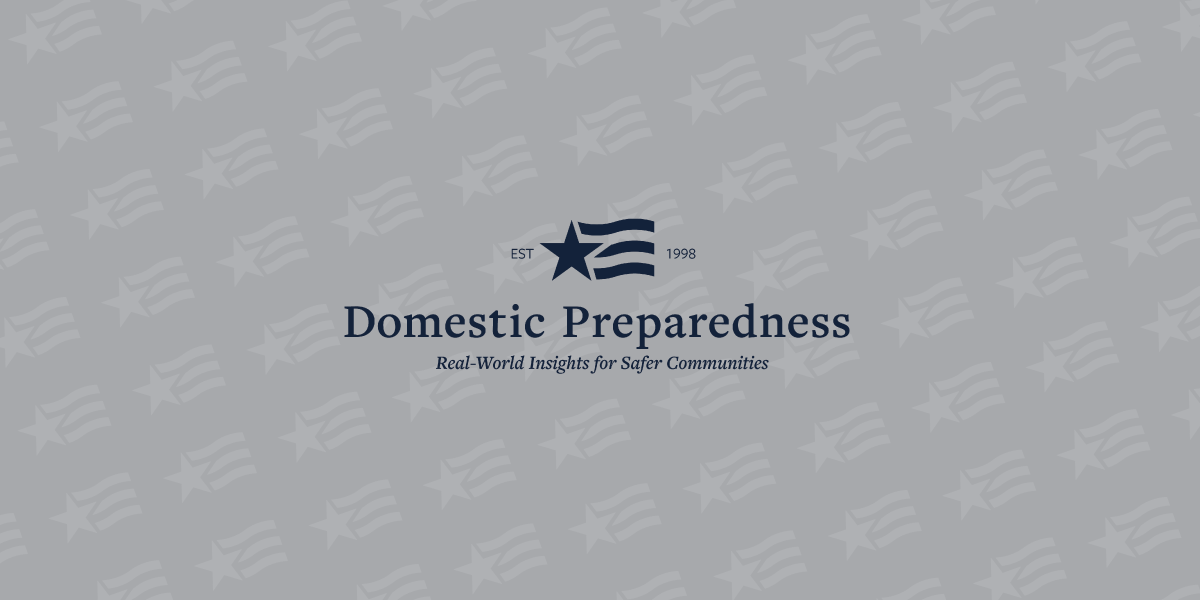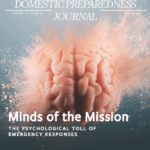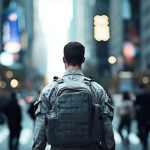(Released 26 February 2018) – Houses of worship are vital to their communities. They are the pulse of their neighborhoods, and often play critical roles in the aftermath of a tragedy. It is imperative that emergency managers build relationships with faith leaders to help ensure their worshippers and communities are educated and prepared for potential hazards.
The New York Emergency Management Department recently hosted an emergency preparedness workshop for dozens of New York City faith leaders. The idea was to train faith leaders who would in turn, train their worshippers in emergency preparedness. Think of it as a “train the trainer” workshop. The agency teamed up with the City’s Department of Health and Mental Hygiene (DOHMH), to host the training for more than 35 faith leaders who hailed from The Bronx and Manhattan. The faith leaders learned the basics of preparedness, including how to write an emergency plan, gather supplies, and stay informed before, during, and after an emergency. The preparedness training is part of an ongoing partnership between New York City Emergency Management’s Ready New York public education program and the New York City Health Department’s Center for Health Equity. In 2017, the partnership trained faith leaders in the Brownsville and Bedford-Stuyvesant neighborhoods of Brooklyn, NY.
“It’s important that we empower faith leaders by teaching them how they can train their worshippers emergency preparedness,” said New York City Emergency Management Commissioner Joseph Esposito. “The connection these faith leaders have within their communities is a vital asset in working to prepare New Yorkers for all hazards.”
“Neighborhoods are resilient, but the threat of emergencies still exists,” said Dr. Aletha Maybank, Deputy Commissioner and Director of the Center for Health Equity. “The partnership between our Action Centers, faith leaders, and NYC Emergency Management prepares neighborhoods to enhance their response during emergencies so that all people can stay safe and healthy.”
According to the Pew Research Center, 36 percent of American adults say they attend religious services at least once a week while 33 percent say they attend once or twice a month to a few times a year. With that in mind, New York City Emergency Management is continuing to build connections with faith leaders, who often dovetail as community leaders. These leaders often have inroads to their communities in ways a government entity may not. The partnership provides a symbiotic relationship between emergency managers and faith leaders and their worshippers, providing these leaders with the necessary resources to inform and empower their communities. It’s a match made in heaven – here on earth.
“A core mission of New York City Emergency Management is to educate people about the importance of emergency preparedness, but we can’t do it on our own. We engage community leaders and people who are active in their neighborhoods to amplify our message,” said Iskra Gencheva, Director of Community Engagement and Language Access at New York City Emergency Management. “The faith community plays an important role – houses of worship are natural places where people congregate and seek help after a disaster. Faith leaders know their communities very well and they’re a trusted source of information.”
“Many people depend on their church for information; a lot of them also depend on the government to give information. So if the two partner we can achieve so much more and reach so many more people,” said House Ministry Director Lorraine Taylor-Bogle at the Victory Seventh Day Adventist Church. “Readiness is something as a church we try to instill in people’s mind and this is no different. They should always be ready.”
The training provided faith leaders with an overview of how New York City prepares for and responds to emergencies. Presenters from New York City Emergency Management’s Ready New York public education program detailed the resources available to assist in preparing communities for emergencies including: printed guides (available in 13 languages), preparedness videos, and Notify NYC, New York’s official source for information about emergency events and important City services.
Ramatu Ahmed, Coordinator for the Council of African Imams, a council with a membership of more than 20 Imams in New York City, and hundreds more members in their individual congregations, vowed to discuss effective methods of sharing her newly found information with her worshippers.
“I didn’t realize how important emergency preparedness was until I attended this training. It is important for us to start the conversation about preparation in our houses of worship, homes, and in our communities,” Ahmed said. “I’m going to talk to my members about it and figure out the best way to get the message out to our communities.”
During the training, emergency managers discussed numerous methods of engaging an audience during a presentation. One example included a video that illustrated the potential dangers of being unprepared. Many of the faith leaders spoke about the lack of urgency in communities in preparing for emergencies, noting that the video would be a “wake-up call” for members of their congregations. They were motivated to take their newfound knowledge back to their communities and discussed innovative ways to implement emergency preparedness curriculum into their programming.
“I thought the presentation video was a great example of why we should prepare,” said Reverend Wendy Kelly-Carter of Mount Olivet Baptist Church of New York. “The woman in the video had a plan in place and was able to remain safe during an emergency situation. Because she was prepared, she was also able to assist others. I plan to show my congregation the video and I’m sure it will trigger their need to realize the importance of staying prepared.”
“I liked the way New York City Emergency Management walked us through the handbook and expressed the need to have a plan and a Go bag, said Reverend Daniel Dupree of Greater Universal Baptist Church. “I felt it was very informative and very helpful. I’m definitely going to share the information with the leaders of my church.”
About the Ready New York Program
Last year, the Ready New York program held 932 presentations in schools, senior centers, and for other groups in New York City. The program is responsible for training 110,169 New Yorkers on emergency preparedness and distributing over one million guides just last year.
The Ready New York program aims to teach New Yorkers about possible hazards and prepare them for all types of emergencies by writing an emergency plan, choosing a meeting place, gathering supplies for your home, and preparing a Go Bag in case you need to leave your home in a hurry.
The Ready New York program outlines three important strategies to preparing for emergencies:
- Make a Plan: Do not go through emergencies alone. Have at least two people in your emergency support network. Have at least two phone numbers – one local and one out-of- state number – which you can call in an emergency.
- Gather Supplies: During emergencies that require you to stay at home, it is important to have extra food and water for everyone in the house and a battery- operated radio for news updates. During emergencies that require you to leave your home, have a Go Bag with emergency supplies.
- Get Informed: Know evacuation plans for all the places you and your household members spend time. Determine whether you live in a hurricane evacuation zone by accessing the Hurricane Evacuation Zone Finder, or contact 311 (212-639-9675 for Video Relay Service, or TTY: 212-504-4115)
Released by New York City Emergency Management Department. Click here for source.






